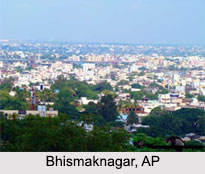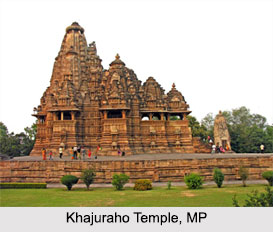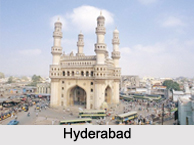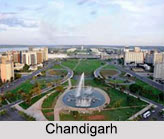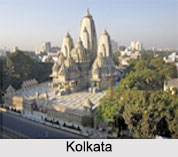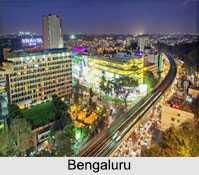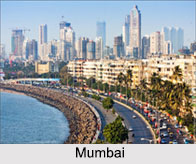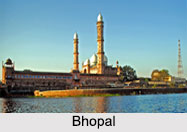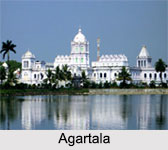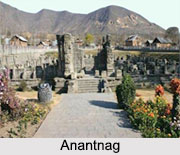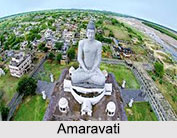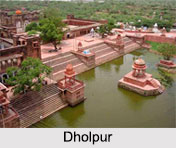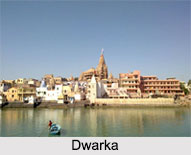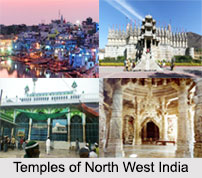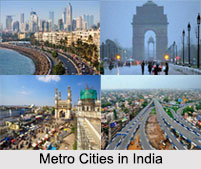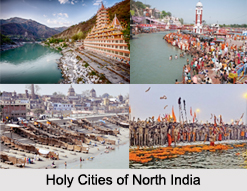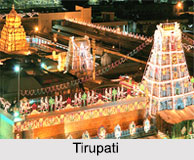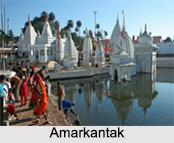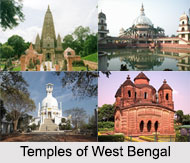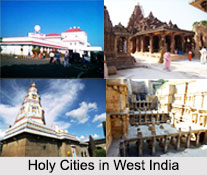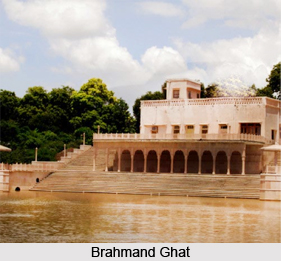 Brahmand Ghat is located just a few meters ahead of Raman Reti and Nand Bhavan, along the banks of the Yamuna River. It is considered a sacred place among the Hindus due to some mythological importance.
Brahmand Ghat is located just a few meters ahead of Raman Reti and Nand Bhavan, along the banks of the Yamuna River. It is considered a sacred place among the Hindus due to some mythological importance.
Location of Brahmand Ghat
Brahmand Ghat is located in Mathura in Uttar Pradesh.
Importance of Brahmand Ghat
Brahmand Ghat is the spot where an infant Lord Krishna had shown the entire universe or Brahmand in his mouth to his mother Yashoda.
History of Brahmand Ghat
Brahmand Ghat is so happened that one day while playing with His friends, Lord Krishna swallowed some particles of mud. The Gopas came to mother Yashoda and informed her that her son Krishna has eaten mud. Mother Yashoda got angry at the deed of Krishna and accompanied Gopas to the place where Lord Krishna was playing, so as to scold him. On reaching she enquired Krishna if he has eaten mud but Krishna denied saying that all the Gopas are lying and he never ate mud. To prove the truth, Yashoda asked Krishna to open his mouth and show if he has not ate mud. When Krishna opened his small mouth, mother Yashoda was stunned at the sight of the whole universe revolving inside the mouth of Krishna. After having the view of such a sight inside the mouth of her Krishna she lost her senses. Lord Krishna opened his mouth wide. She stared in utter disbelief and amazement and saw the universe. Then Yashoda enquired the truth from Lord Balram who confirmed that Krishna had eaten mud. On asking Krishna again He denied that he had not ate mud.
Brahmand Ghat in Modern Era
In Brahmand Ghat, there is a small temple built in commemoration to this event in history on the banks of the Yamuna River. The pilgrims also offer prayers, women especially praying for the long lives of their husbands to a wish fulfilling sacred peepal tree in the surrounding.
Temple in Brahmand Ghat
To the right of Brahmanda Ghat is Yamuna River and to the left is the temple. The temple, which houses idols of Radha and Lord Krishna, has many paintings depicting several incidents that took place during Krishna`s times and one of them depicts this divine incident.
Divine Mud in Brahmand Ghat
In Brahmand Ghat, there are many vendors who are selling small balls made of mud. These balls denote the divine incident when Lord Krishna ate mud and showed the cosmos to his mother.
Related Articles
Gokul, Uttar Pradesh
Architecture of Vrindavan
Kali Bari Temple, Shimla, Himachal Pradesh
Haathi Parvat, Uttarakhand
Kaundinya Wildlife Sanctuary, Andhra Pradesh
Parichha Dam, Uttar Pradesh
Culture of Uttar Pradesh
Nautanki, Uttar Pradesh
Cities of Uttar Pradesh
Festivals of Uttar Pradesh
Mathura, Uttar Pradesh
Mathura District
Mathura School of Art
Lord Krishna
Death of Lord Krishna
Birth of Lord Krishna
